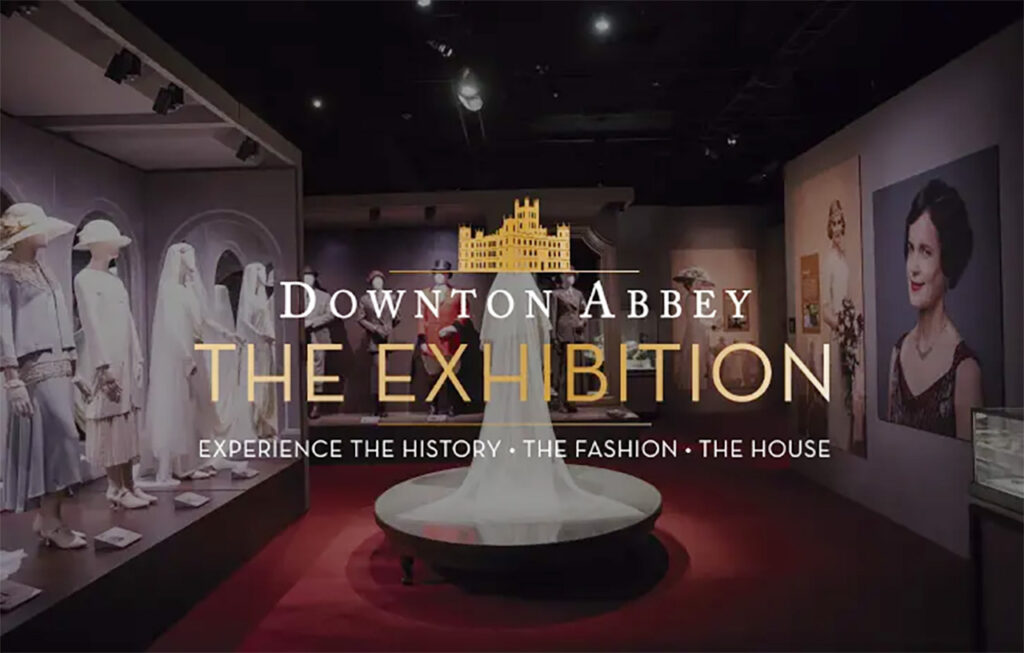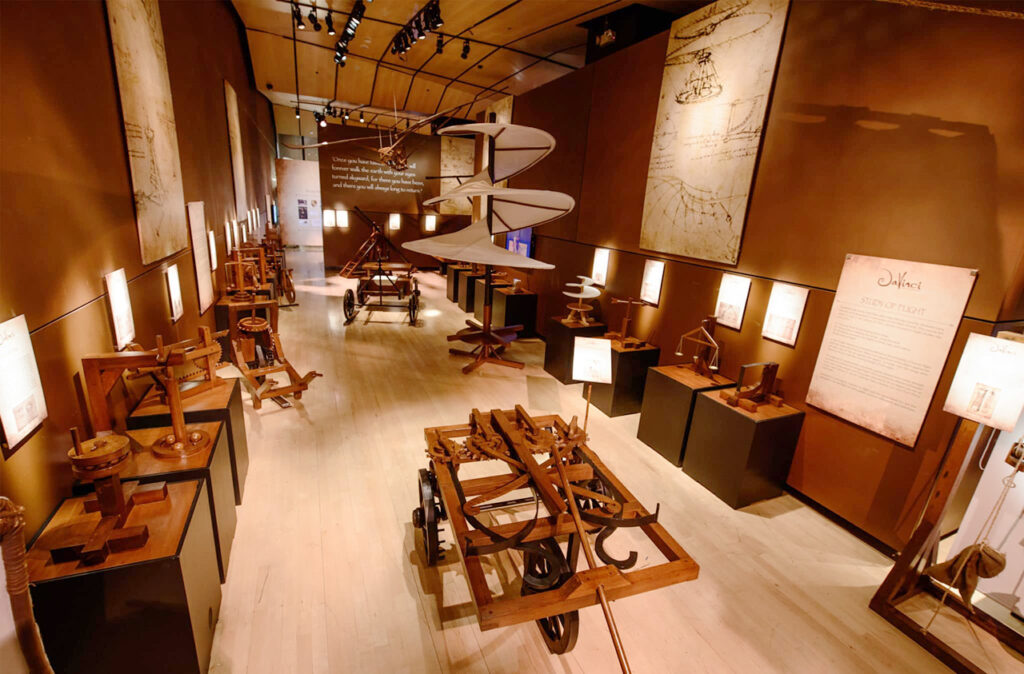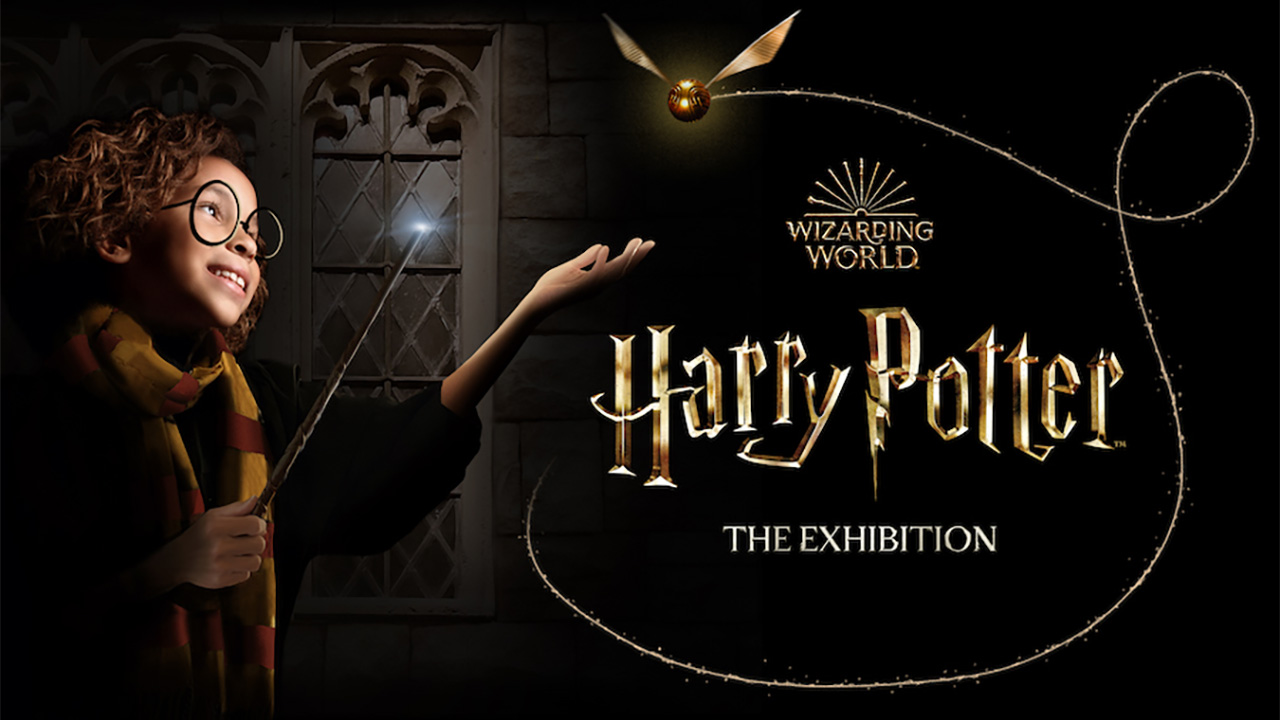Don’t tell Tom Zaller the days of blockbuster exhibitions are numbered. At the end of a far-ranging conversation on the traveling exhibition sector, it’s put to the President and CEO of Imagine Exhibitions that in the pandemic’s wake, museums are reconsidering the financial and environmental viability of hosting glitzy mega shows.
The notion strikes Zaller as absurd: “A blockbuster, by its very name, is a success and what museum in the world doesn’t want a successful exhibition?” Such certainty is understandable for a 25-year veteran of the entertainment sector, someone who grew up in the spectacle of live performance and has been at the forefront of building immersive, globetrotting exhibitions centered on prized IPs from Angry Birds to Downton Abbey and, in early 2022, Harry Potter.
Imagine Exhibitions boasts around 40 exhibitions spanning kid-centric science installations, interactive problem-solving romps, and shows that dive deep into the work and mind of celebrated artists, such as Da Vinci and Van Gogh. To Zaller, the key is that exhibitions remove the intimidation of entering a museum and encourage active, emotionally engaging experiences. It’s something he saw realized while working on Titanic: The Artifact Exhibition, which began its global voyage in 1998, and whose collection of authentic personal items and full replica grand staircase have been enjoyed by millions from Orlando to Johannesburg.
Warner Bros will be hoping for similar success and longevity when the latest window into the Wizarding World opens at Philadelphia’s Franklin Institute next year.
Pre-pandemic, exhibitions featuring famous entertainment IPs were increasing. Where has this development come from?
I like to think we are a part of it. Film and television studios with licensing departments have traditionally looked to consumer products, theme parks, and restaurants to monetize, but they have recognized this space is active. There are examples of IP exhibitions working well and the attraction is that you can recreate moments and experiences for fans they can’t otherwise get. We live in a world where we are so immersed in screens and people want to be inside these worlds and when it’s done well, it’s very powerful.

Deploying cutting-edge interactive technology, Downton Abbey: The Exhibition immersed visitors in recreated sets, the show’s costumes and props, and the socio-political climate of the early 20th century. Image: Imagine Exhibitions
How do you go about working with large entertainment IPs? What are the challenges?
You come to them as a license holder and let them know what you want to do. [A famous entertainment] IP has parameters, it has a style guide, it has guardrails that you have to stay within. They’re protecting something unique, for example, with the Harry Potter brand and the wider Wizarding World; they’ve spent great time, effort, energy and money creating it and they want to make sure it’s done properly. They also have multiple lanes going on at the same time — theatre, video games, IP products, theme parks, studio tours — and from their perspective, the challenge is to properly position each of them so they are unique and complementary in the overall flywheel. It’s tricky.
How do the economics of these exhibitions work?
There are so many ways for deals to be cut. Traditionally, as the producer, we have a relationship with the IP holder and it’s our responsibility that they get paid. We have a relationship with the venues and so there may be a fee, a share of tickets, different revenue sources that we agree on — it goes a hundred different ways. It’s the responsibility of the IP holder to choose the right partner, one that can execute the project well, because if you have a great IP and you pick the wrong partner, it can be damaging.

Da Vinci: The Exhibition brought to life the Renaissance master’s work through 65 life-sized, artisan-built recreations of his inventions. Image: Imagine Exhibitions
How do you create structure and flow for such IP exhibitions?
You start by thinking about the most iconic moments of a series or a franchise, in the same way you give positioning to an artist’s most famous work. We look to create moments within a show and build a journey. It’s story-driven, and the story has to be entertaining, experiential, immersive — all the buzzwords! Everything we do also has an educational level. With a film, for instance, we not only want people to be immersed in their favorite scene, but show them how it moved from page to screen.
Are there any elements of technology you’re particularly excited about?
Technology allows us to get granular, to deliver something bespoke and something different for different visitors — this is something I am excited about. Before, you were just a visitor having the same experience as everyone else. Now, we understand the aggregate of all the visitors and come to know where people spend time, what interactions they like, and we can hone the experience.
Following the disruptions of the pandemic, some in the museum sector have suggested a move away from blockbuster exhibitions. What do you think of this?
By the nature of the name, a blockbuster is a success and every museum should want a blockbuster. Traveling exhibitions will always happen because museums need to stay relevant and fresh because they can’t build a new gallery every year. If you do things on a smaller scale, you’re going to get fewer people and I can’t imagine why anyone responsible for P&L at a museum would think this way. Whether you’re running a non-profit museum or a for-profit business, you have to be a good business person and in this regard, blockbusters are a means to an end.



